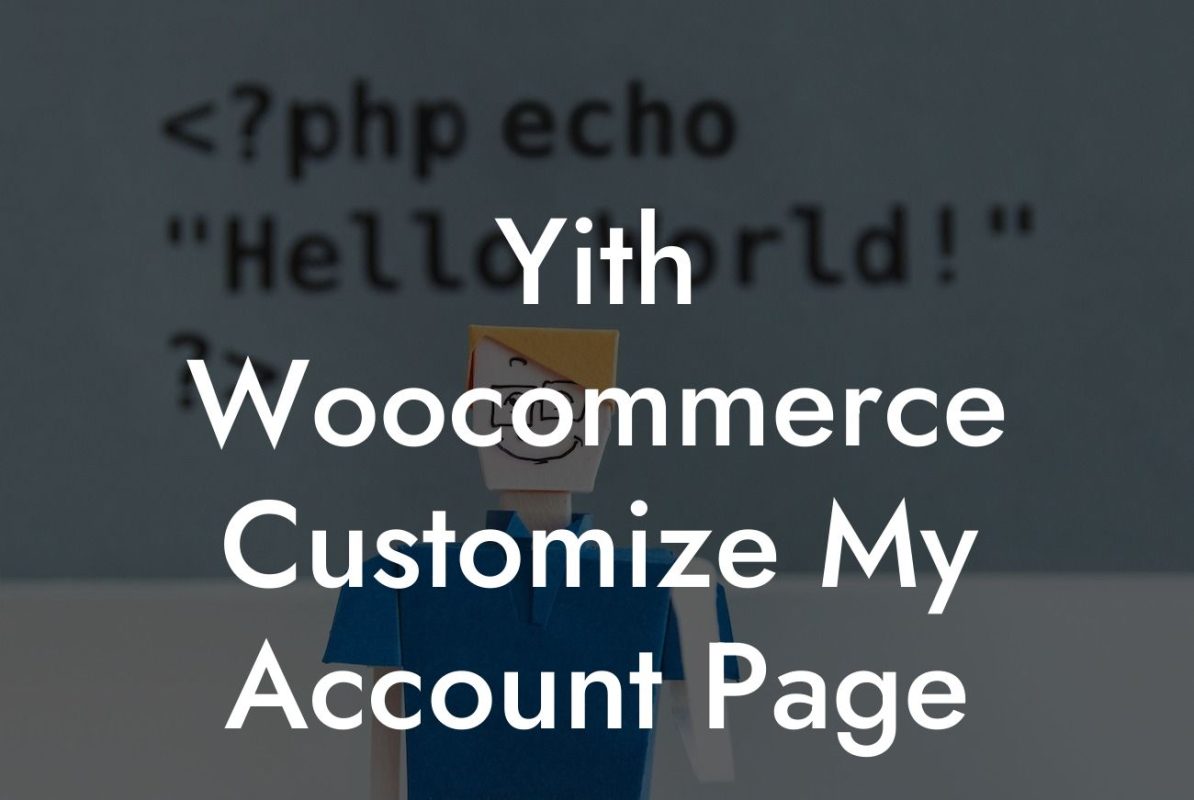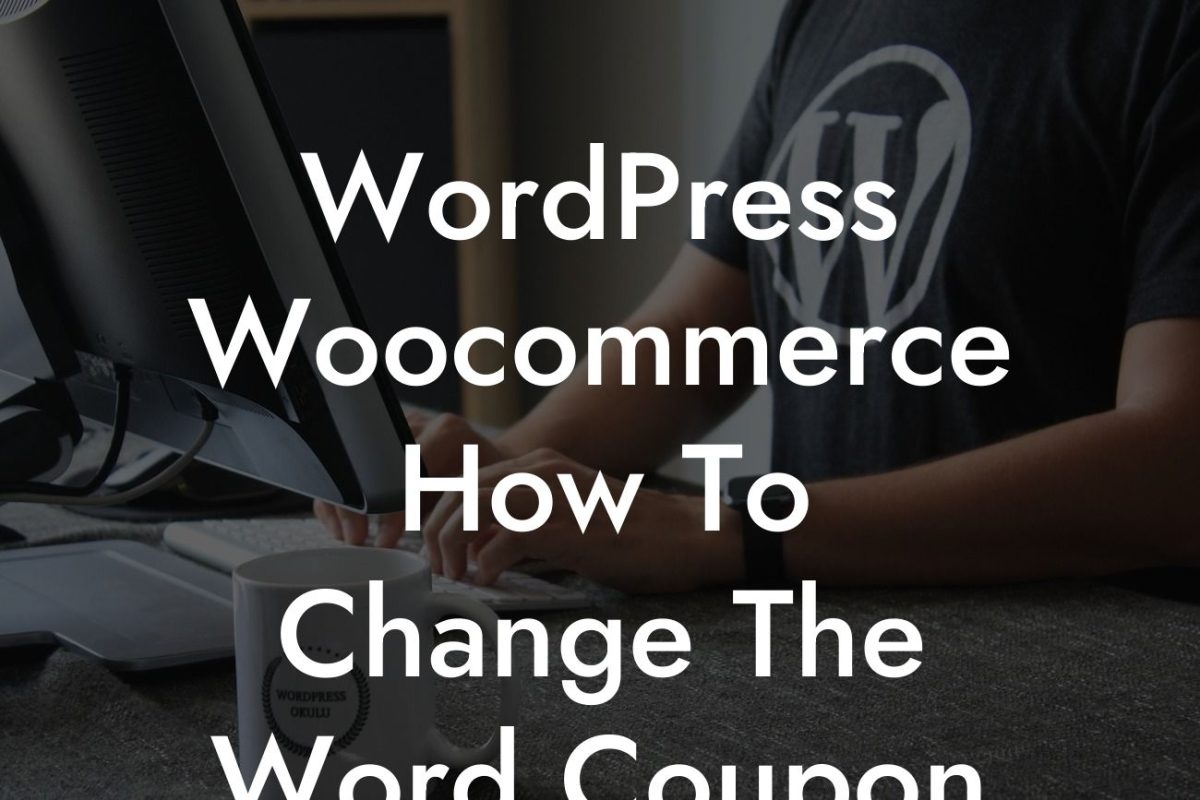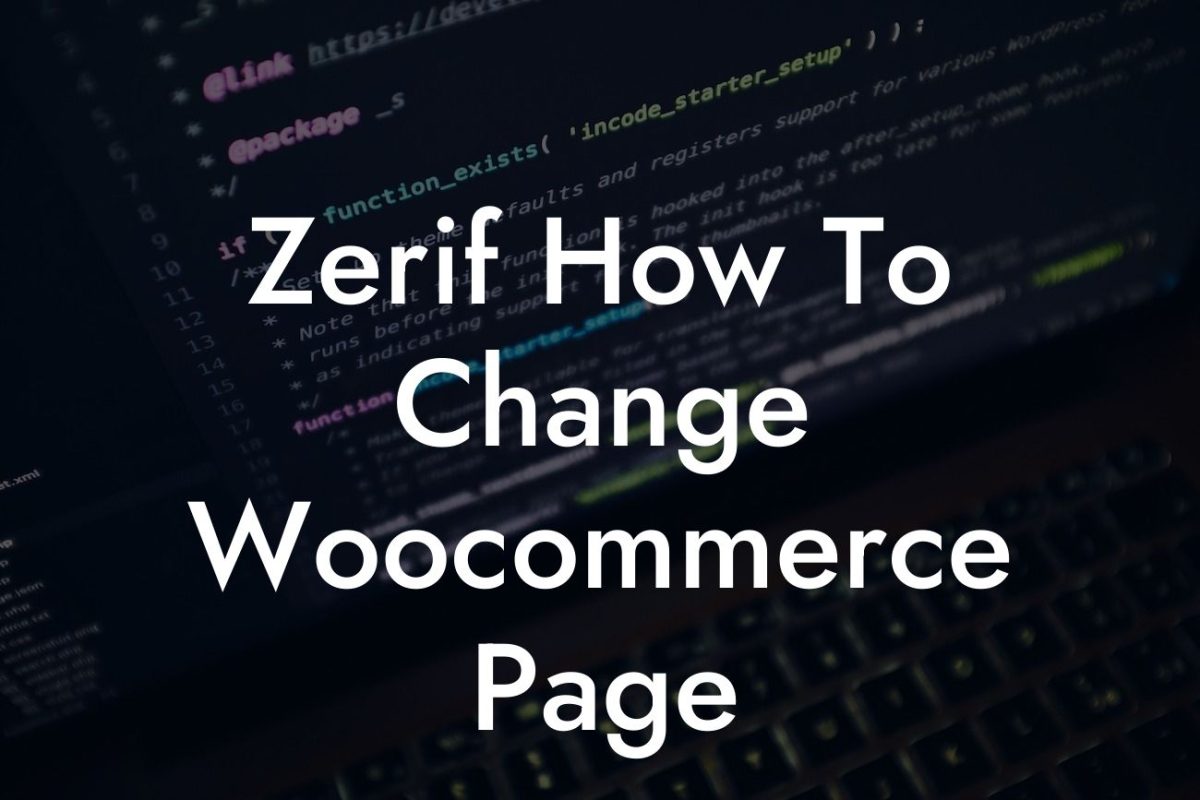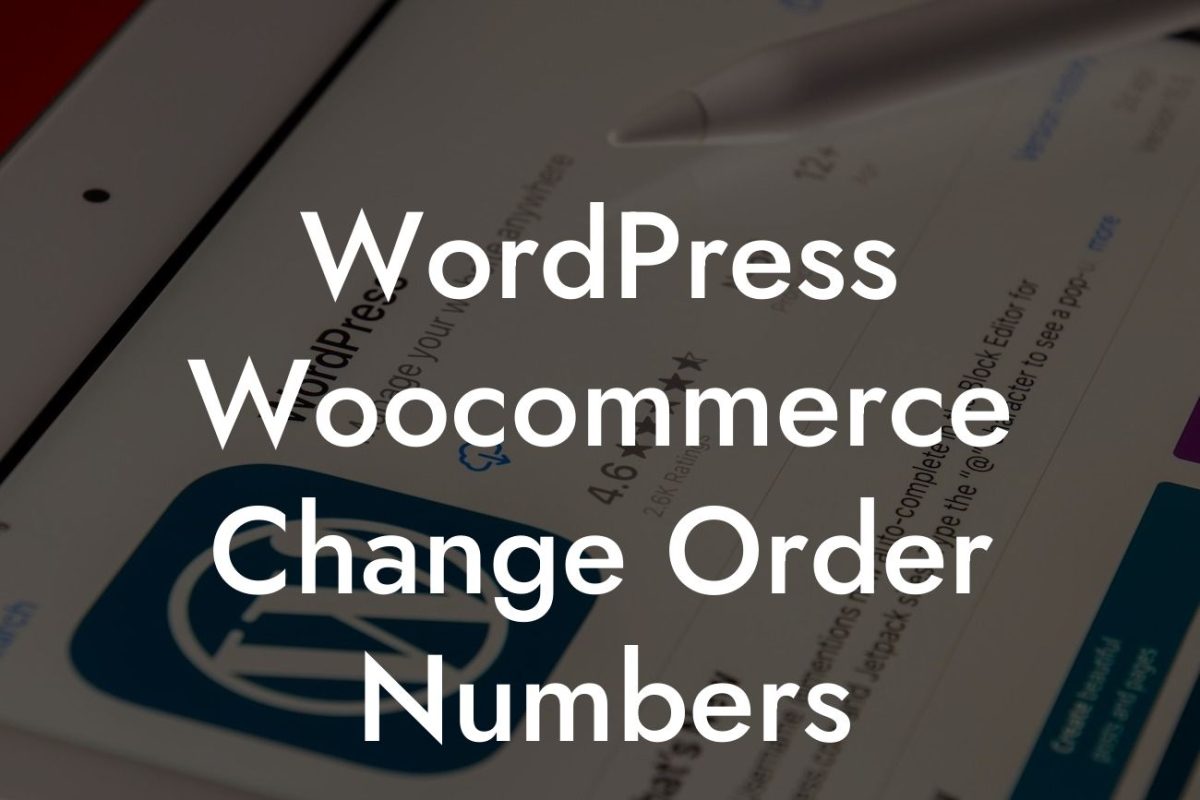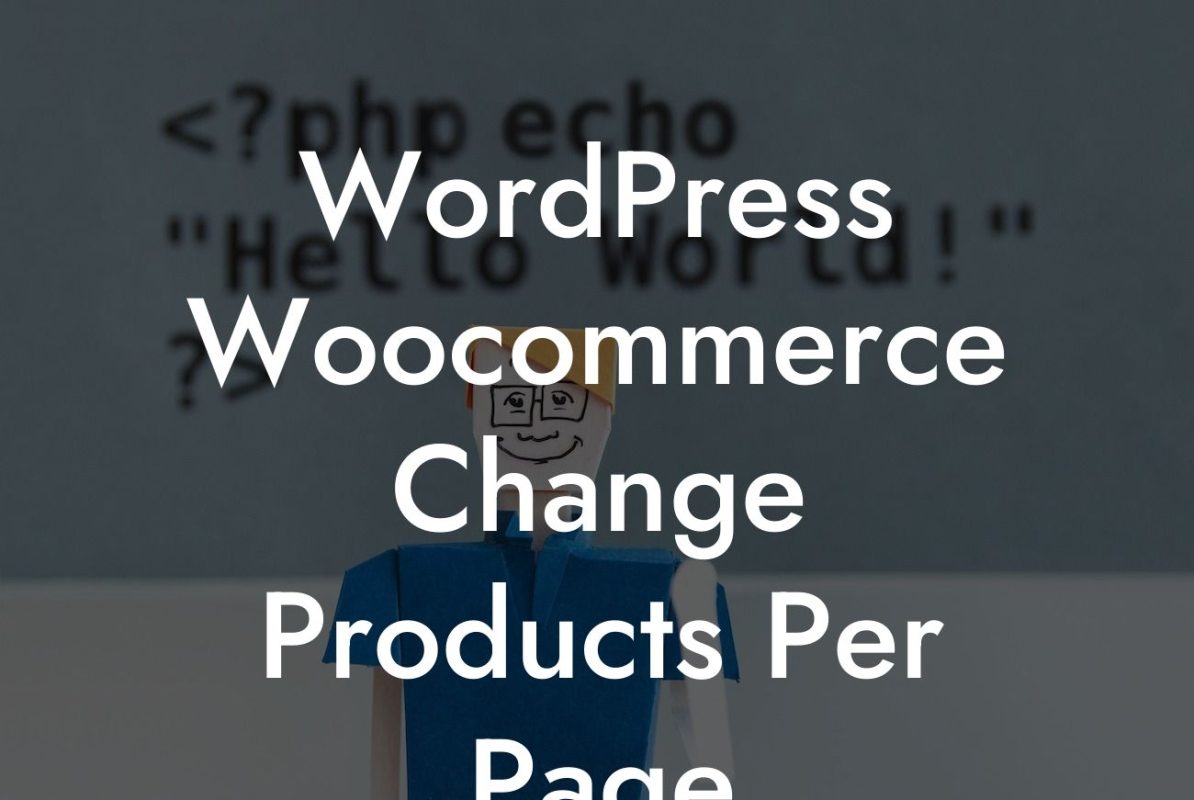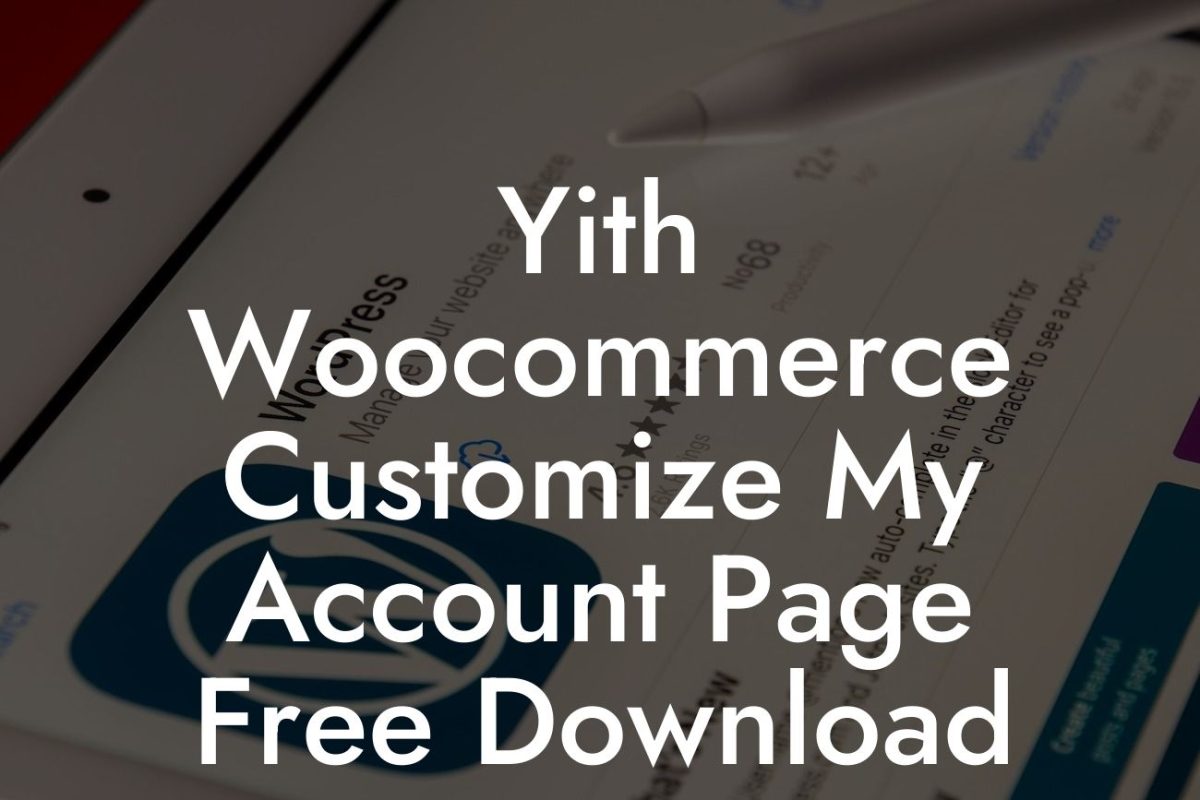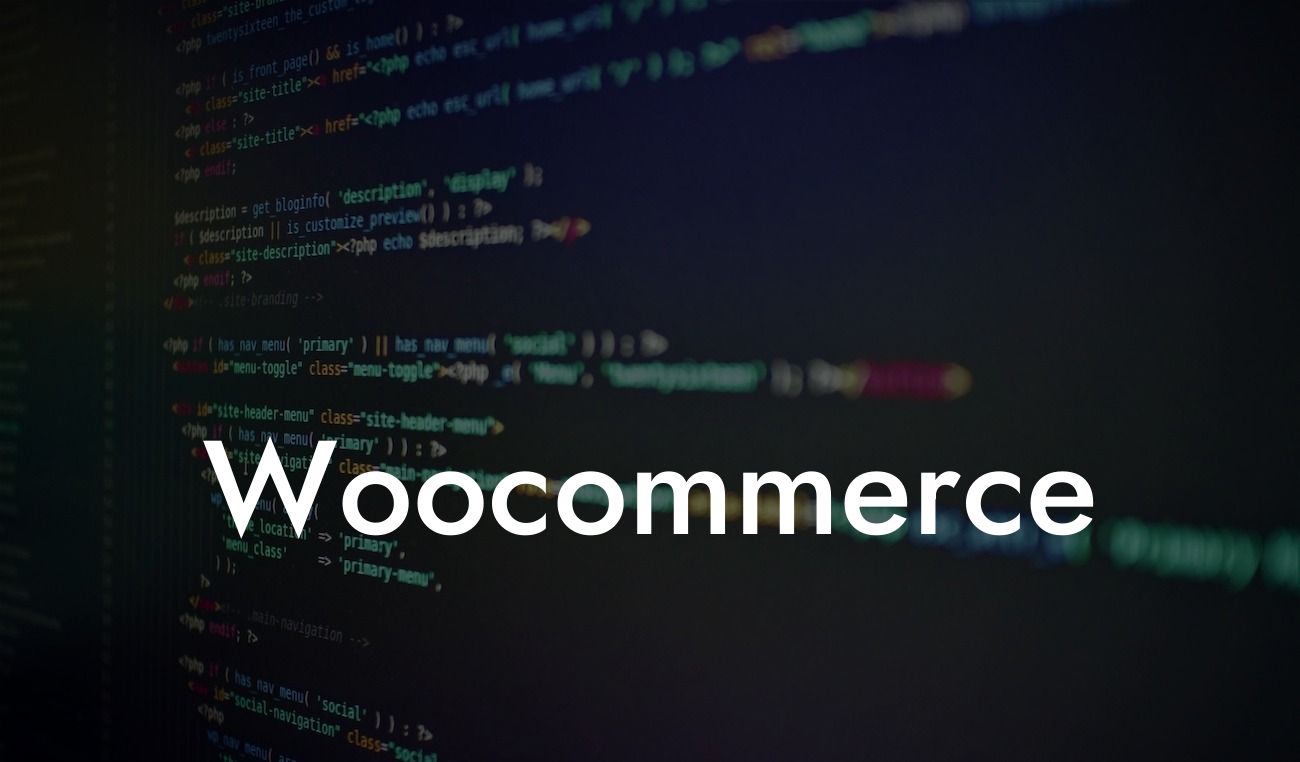In today's digital era, having a strong online presence is crucial for small businesses and entrepreneurs to succeed. One powerful tool that can significantly enhance your online store's performance is WooCommerce. WooCommerce is a popular WordPress plugin that provides robust e-commerce functionality. However, out-of-the-box, WooCommerce often comes with default settings that might not align perfectly with your business needs. In this article, we will show you how to change the pagination count on WooCommerce, allowing you to tailor your online store to your specific requirements.
Firstly, let's define what pagination is and why it matters. Pagination refers to the division of content into separate pages for a better user experience. It helps prevent an overwhelming amount of information on a single page, making it easier for visitors to navigate through your products. By default, WooCommerce displays a set number of products per page based on your WordPress settings. However, there may be instances where you want to increase or decrease this count.
To change the pagination count on WooCommerce, follow these steps:
1. Access the WordPress Admin Dashboard: Log into your WordPress website and go to the Admin Dashboard.
2. Navigate to WooCommerce Settings: In the sidebar menu, find the "WooCommerce" tab and click on it. Then, select "Settings."
Looking For a Custom QuickBook Integration?
3. Open the Products Tab: Within the settings, you will see various tabs. Click on the "Products" tab.
4. Adjust the Products per Page Count: In the "Products per Page" option, you can specify the number of products you want to display on a single page. Here, you will have the flexibility to set a custom count, depending on your preferences. Once you've entered your desired value, click on the "Save changes" button.
5. Customize Additional Pagination Controls: WooCommerce also offers additional pagination controls. For example, you can enable or disable the previous/next buttons or the numbered pagination. These options can be found under the "Catalog pagination" section. Explore these settings to fine-tune your pagination appearance.
How To Change Pagination Count On Woocommerce Example:
Let's assume you run an online fashion store, and you want to showcase a maximum of 12 products on each page. You follow the above steps, set the "Products per Page" count to 12, and save changes. Consequently, your online store now displays a visually appealing page layout with 12 products per page, improving the user experience and making it easier for customers to browse through your fashion collection.
Congratulations! You have successfully learned how to change the pagination count on WooCommerce. By tailoring the number of products displayed on each page, you can enhance your customers' shopping experience and seamlessly guide them through your online store. Remember, at DamnWoo, we strive to create extraordinary WordPress plugins that cater specifically to small businesses and entrepreneurs. Explore our other guides and don't forget to check out our awesome plugins to supercharge your online success!




